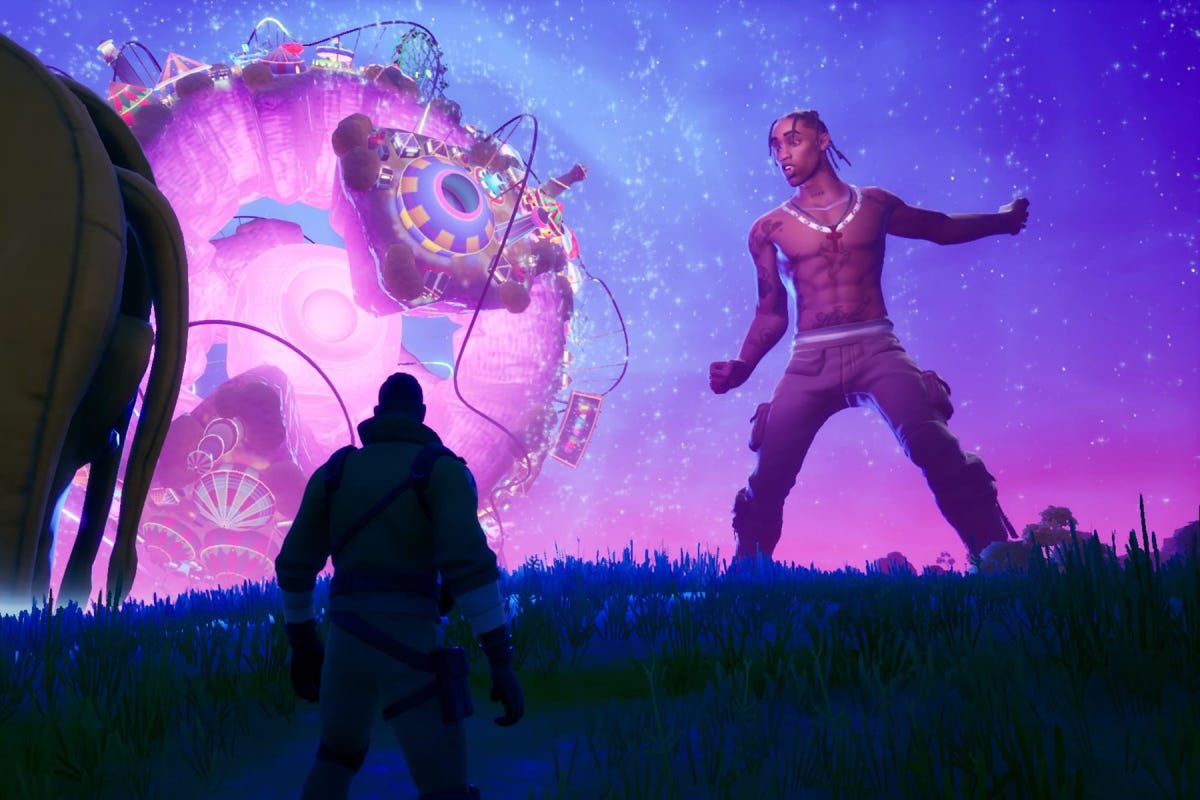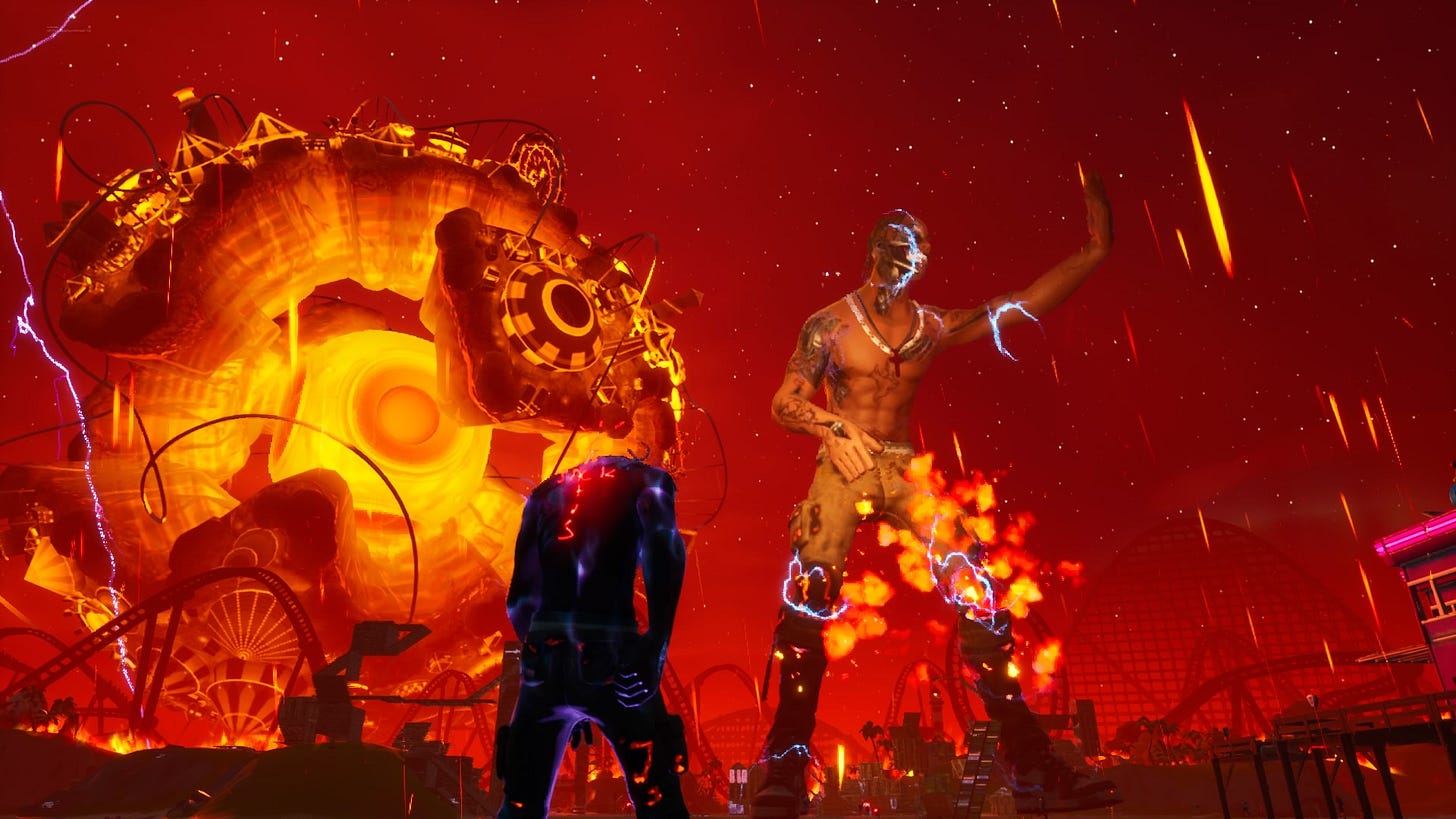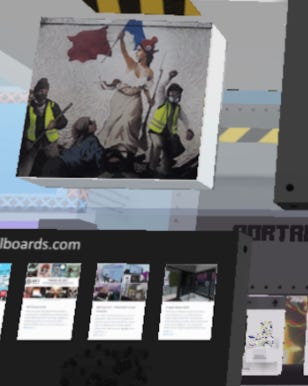The world is not enough
We’ve discussed crypto collectibles, kitties, avatars and games, but the daring innovators didn’t stop there. Why not build your own world which combines all of the above and serves as the ultimate utopian destination?
This actually sounds quite anti-utopian, but that’s what happened. Open worlds, where anyone can walk, socialise, play, upload content, build, watch a concert or even open a digital business.
Before reading further, try walking around in the worlds of Cryptovoxels and Webaverse (ideally on your laptop).
Try playing in a casino in Decentraland (this one will only open if you have a cryptowallet set up on your device, here are some screenshots of what it looks like):
This virtual casino is connected directly to your crypto wallet, making crypto engagement completely seamless.
It is a surreal experience.. Wholesome virtual worlds which you can access directly from your browser. Worlds, where anyone can open a gallery:
Or deploy their thoughts in audio form:
These worlds exist on top of a blockchain network. This means that they are fully composable with the economic logic of crypto coins as well as crypto collectibles. Imagine taking your NFT pet for a walk while using another NFT as your avatar. The use cases are literally limitless, and they all take place on top of virtual world land. This land is finite and controlled by a smart contract (in fact it’s the same ‘file type’ as crypto collectibles).
Location, location, location
These are the 3 criteria any respectable real estate asset has to satisfy. Virtual worlds are no different. Is having virtual drinks in this virtual environment any more bizarre than doing Zoom calls with 10 people on them? People walk the streets of these virtual worlds and look at ads, meaning that there is recurring revenue which makes the underlying land plot have some intrinsic value.
Across top 4 platforms $51mn has been spent already to purchase land plots.
This is what a land transaction looks like these days…
Now that we have the land and the world, what shall we do with it?
Treat your (virtual) self
How much would you pay to be the fashionista of the virtual world?
Some Gucci fan paid $9,500 to buy a dress for their avatar. A dress that only exists on Instagram.
There is demand for virtual fashion even in closed ecosystems, it’s only logical to assume it will be at least as strong in fully open, living and breathing worlds where users contribute to its creation.
Now how about entertainment? Wouldn’t it be a poor alternative to Netflix, concerts and other activities? The answer is simple - there already are precedents of virtual-only events.
In April 2020 12.3mn people logged into the game called Fortnite to watch performer Travis Scott present his new album. This was the largest music event ever.
Incredible visual style and experience of a virtual concert is just one part of it. The other feature (and arguably a more important one) is that a virtual concert is a much more engaging event that a physical one. Instead of waiting for admission in a queue, spectators were able to socialise and even build stages to see the event better:
It’s a completely unique and different experience and a very engaging one.
With that many people around you in a borderless world, why wouldn’t you spend real world money on virtual world goods?
Oh and by the way Axie - the game covered here - already has a virtual shop ready to go (obviously).
These are early datapoints, but the trend of growing virtual consumption is pretty clear and open crypto networks are well placed to enable coordination and economic incentives for composable and dynamic worlds.
Liberty awaits!













